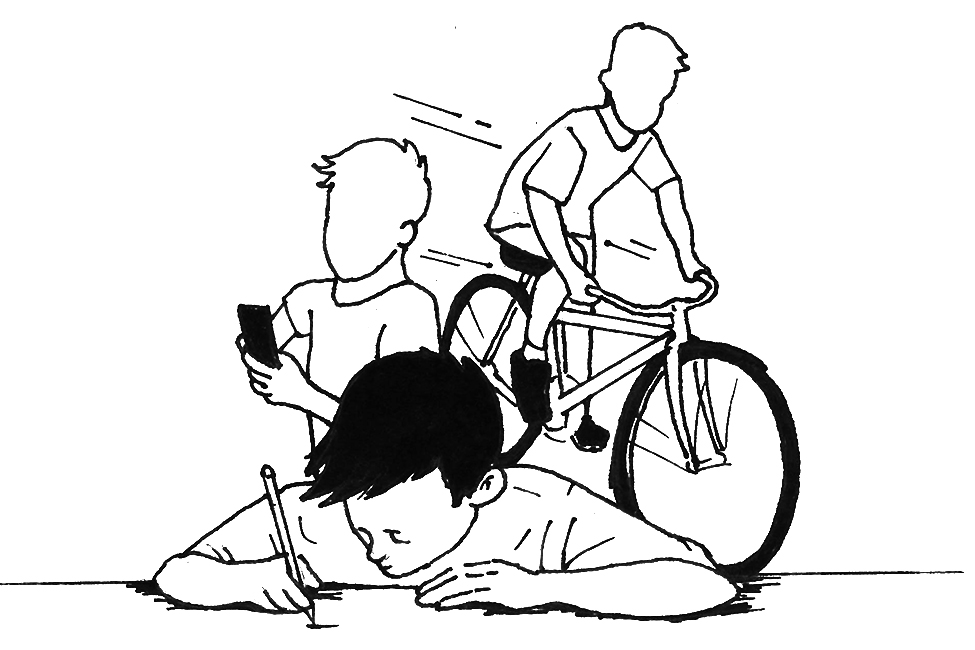Don’t Sit Still on ADHD Diagnosis, Treatment

Attention Deficit Hyperactivity Disorder (ADHD, formerly called ADD), a neurodevelopmental condition, is common in the U.S. and almost nowhere moreso than in Arkansas. According to the Centers for Disease Control, the Natural State ranked second in the nation in 2011 as far as percentage of children with the condition, at nearly 15 percent.
Scarlett Jones, director of the learning and diagnostic center at Pediatrics Plus in Little Rock, said much of the bump in numbers can be attributed to better understanding and recognition of the disease.
“I think we’re able to recognize it a little bit earlier than we were before,” she said. “Things that we may have thought were just kind of behavior issues in kindergarten and first grade are now recognized to be out of the norm (and) a lot of that does have to do with education and people just being more aware of it. I don’t think it’s necessarily more prevalent.”
Here are things you may not know about ADHD.
There are three different types of the condition.
Predominantly Inattentive Presentation generally means an individual has difficulty paying attention to details, organizing or finishing a task or project and is easily distracted. In Predominantly Hyperactive-Impulsive Presentation, the person has difficulty sitting still and remaining quiet. In younger children typical behavior is to be constantly on the go with seemingly boundless energy. Older children may have constant feelings of restlessness, give in to impulsivity such as grabbing things or speaking at inappropriate times. Combined Presentation cases demonstrate symptoms from both types equally.
Diagnosis doesn’t always happen in childhood
There is no cure for ADHD and symptoms can persist into adulthood, therefore, a first diagnoses in high school age individuals or older is on the rise. Jones said as individuals age, they learn certain behaviors — such as running around a room or standing on a chair during class — are unacceptable. However they may fail to understand why they constantly feel restless or have difficulty concentrating at school or work.
“They’ve dealt with it their entire life, but there was such a stigma involved that it’s not until age 20 or 21 or they go to college that it comes up,” Jones said. “It’s probably always been there, but you just start to recognize it a little bit later.”
ADHD is often accompanied by other conditions
The CDC estimates as many as half the children diagnosed with ADHD experience other issues, including mental conditions such as anxiety or depression. Additional behavioral conditions are also common, such as Oppositional Defiant Disorder (ODD, which is defiance to people they know well) and Conduct Disorder (CD, that includes serious violation of rules and social norms). Learning disabilities may also be present, but Jones said academic struggles should not automatically suggest a formal disability, given ADHD’s impairment on one’s ability to concentrate or focus.
Medication is not one-size-fits-all
Managing ADHD successfully generally takes a combination of behavior modification and medication. That is, once the latter of these two is properly calibrated for a given individual. What works for one child quite often does not work for another, even in the same household. But the potential upside is so great and the medication options varied enough that with time and patience, a suitable treatment can usually be found.
“It’s a trial and error process,” Jones said. “At a point that it’s not working or it’s producing bad side effects, go to your doctor, talk to them, let them know what’s happening and try another course of action.”

Dwain Hebda and his wife Darlene have four grown children. He says that he is Nebraskan by birth and an Arkansan by the grace of God. A freelance journalist based in Little Rock and a frequent contributor to Little Rock Family, Dwain has also written for many of the consumer publications produced by Arkansas Business Publishing Group.
